Rasgueando Xácaras is the result of the study, transcription, and interpretation carried out by Carlos Cantero, based on two fundamental manuscripts from the Spanish Baroque guitar repertoire in tablature: the Libro de Diferentes Cifras (National Library of Spain, 1705) and an untitled anonymous manuscript (c. 1714) held at the Biblioteca Museo Víctor Balaguer in Vilanova i la Geltrú. Far from being mere anthologies of pieces, both documents offer a vivid and direct testimony of everyday musical practice in late Baroque Spain. Alongside well-known composers such as Sanz, Murcia, and Corbetta, we find others who are less widely disseminated, including Joan Cererols and Bernardo de Zala y Galdeano. However, this project is not centered on individual authorship, but rather on the shared “musical language” that permeates these repertoires. The aim is to reactivate that language from a practical perspective, exploring its theatrical, social, and expressive dimensions.
In the performance spaces of the seventeenth and eighteenth centuries, the latest trends from the New World coexisted with popular European dances. To recreate that environment today — theatrical, emotionally charged, and always seeking novelty — is essential to understanding the guitar as a dynamic, multicultural, and versatile instrument. This recording offers an immersion in the rhythmic and harmonic diversity of the time, through suites of dances with evocative titles, conceived to resonate with the sensibilities of a contemporary audience.
The program opens with a Dragona and a Marcha de carabineros, two military dances associated with the founding of the Regimiento de Dragones in 1703. This type of repertoire — linked to parades, battles, tournaments, and fanfares — found wide dissemination through the medium of the guitar. Next comes Pavanas por la D by Gaspar Sanz, a fine example of the instrument’s mixed style, combining strummed and plucked textures with rhythmic elegance. A jácara, also in Sanz’s version, then gives way to the emblematic Marizápalos, transformed by Joan Cererols into a spiritual villancico. This contrafactum, a typical Baroque practice, retains the music — originally profane and sensual in character — while replacing the text with a devotional one addressed to the Virgin Mary. The result is a symbolic transposition in which sensual beauty becomes a vehicle for the divine. The Suite por la K, compiled from both manuscripts, brings together allemandes, brados, and pasacalles, illustrating the formal richness and flexibility of the repertoire.
The program continues with a selection of Spanish Baroque dances: paradetas, a gigue attributed to Corelli, the Sarao de la comedia, and two minuets associated with Bernardo de Zala y Galdeano. As a closing piece, the jácara “No hay que decirle el primor” — drawn from the Libro de tonos humanos (National Library of Spain) — brings together wit, playfulness, and instrumental virtuosity.
Carlos Cantero performs this repertoire on a five-course guitar (José Miguel Moreno, 2012), exploring the expressive resources of the original instrument while adopting an interpretative approach grounded in the study of historical sources, improvised ornamentation, and idiomatic articulation of rhythmic and harmonic accompaniment. His approach combines musicological rigor with creative freedom, in search of a vibrant, flexible sound that remains faithful to the functional and theatrical character of this music.
Carlos Cantero, Guitar
Tracklist
Please note that the below previews are loaded as 44.1 kHz / 16 bit.Total time: 00:37:14
Additional information
| Label | |
|---|---|
| SKU | E332HR |
| Qualities | DSD 512 fs, DSD 256 fs, DSD 128 fs, DSD 64 fs, DXD 32 Bit, FLAC 192 kHz, FLAC 96 kHz |
| Channels | |
| Artists | |
| Composers | |
| Genres | |
| Original Recording Format | |
| Release Date | July 18, 2025 |
Only logged in customers who have purchased this product may leave a review.

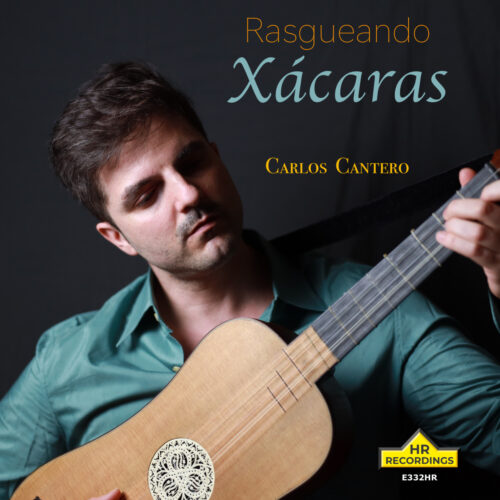
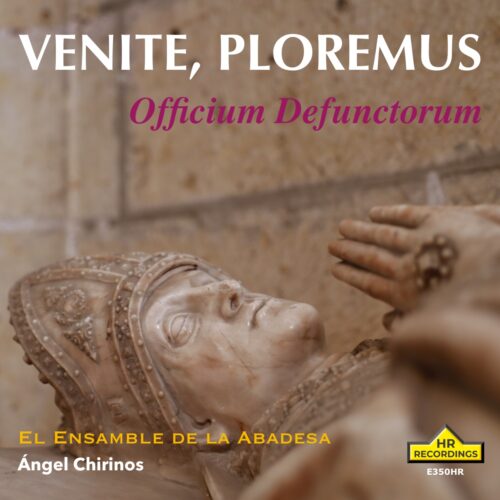
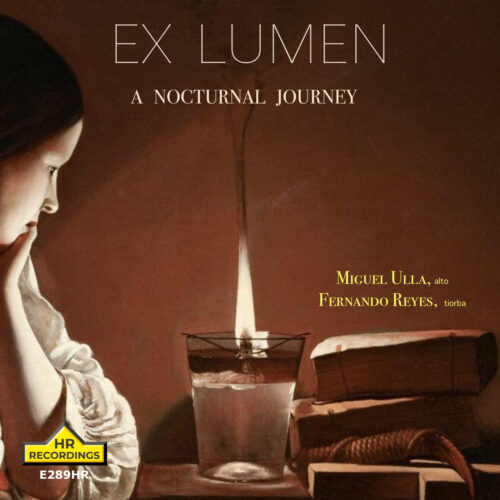
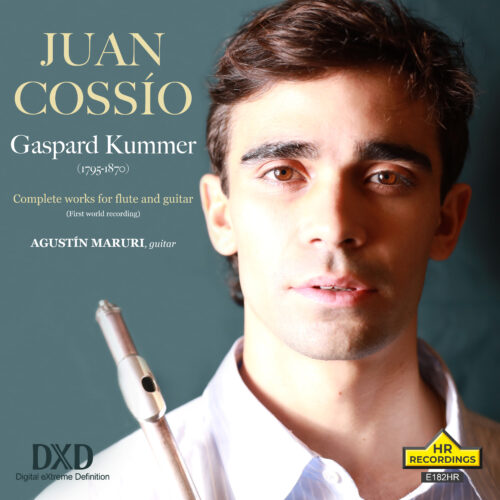
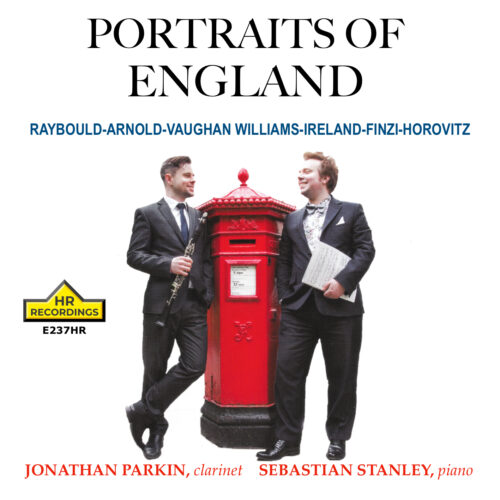
Reviews
There are no reviews yet.